- Some animals are hermaphrodites and have both female and male organs.
- Other animals are gender fluid, switching back and forth between sexes for reproductive advantages.
- Gender change can be a result of hazardous environments, such as environmental pollution.
One of the more interesting and rarer evolutionary traits happens in animals that possess both male and female organs (known as hermaphroditism). Some species can even switch back and forth between both sexes for reproductive advantages. Here are 7 incredible examples of natural selection.
Frogs
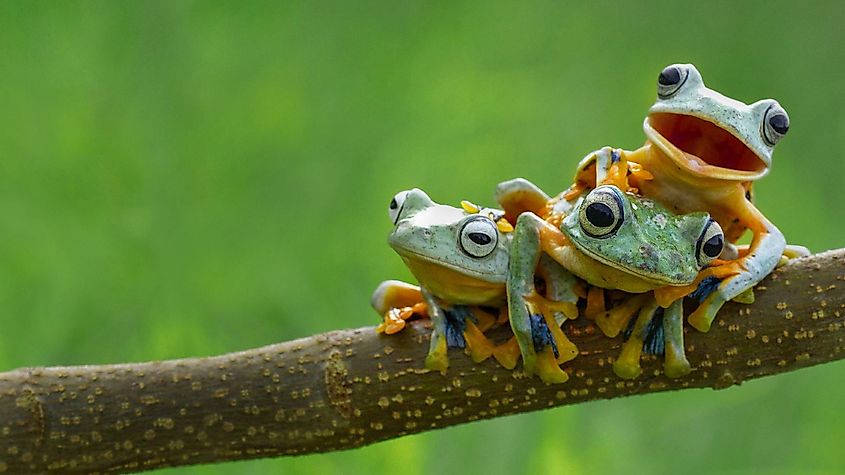
While gender is mostly influenced by genetics, the environment plays an important part in certain species. Researchers have begun noticing an unusual trend among frogs living in polluted suburban ponds. Great numbers of male frogs have been shown to reverse their sex. Studies show that pesticide atrazine is the cause of the gender swap. As the chemical gets into lakes and rivers, it suppresses the production of the male frog’s sex hormone, testosterone, while increasing estrogen, the female sex hormone.
Bearded Dragons
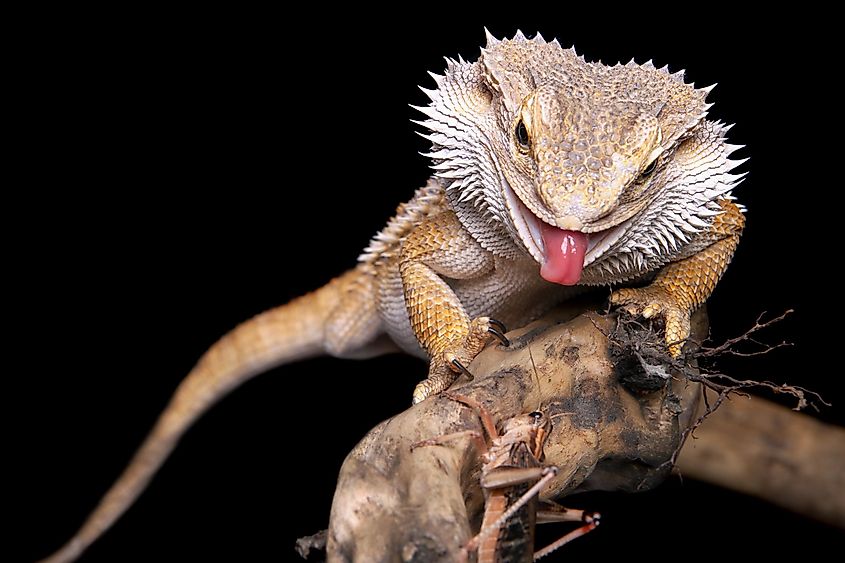
These gender-bending Australian reptiles change sex when they are still in their eggs. The determinant factor for their switch is a combination of chromosomes and outside temperature, meaning that depending on how hot it is outside a fertilized male egg could become female. What’s even more particular to the bearded dragon is that although the lizards are technically male, they behave and reproduce as females and lay twice the amount of eggs as genetically female bearded dragons.
Slugs
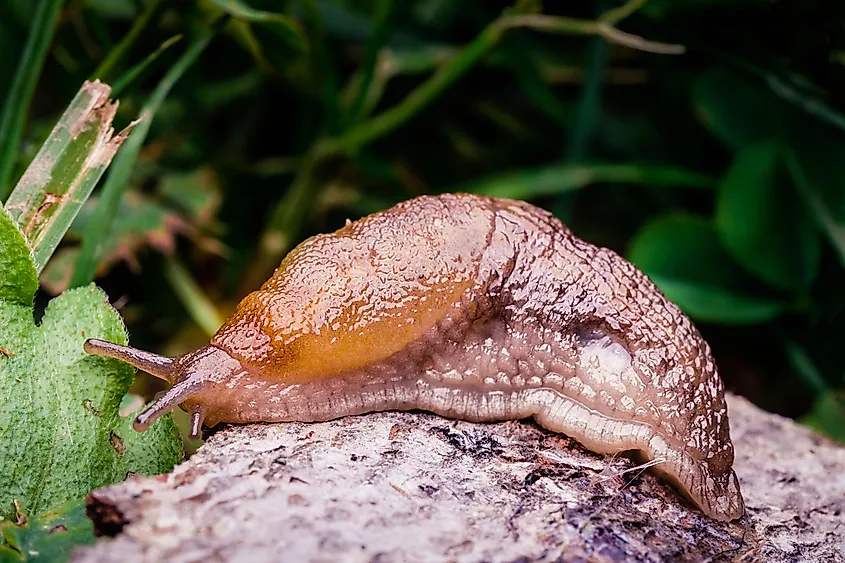
A member of the gastropod mollusk family, these shell-less creatures possess both male and female reproductive organs and can self-fertilize. The evolutionary implications are amazing, as any two mature slugs can mate and both parties can become impregnated.
Snakes
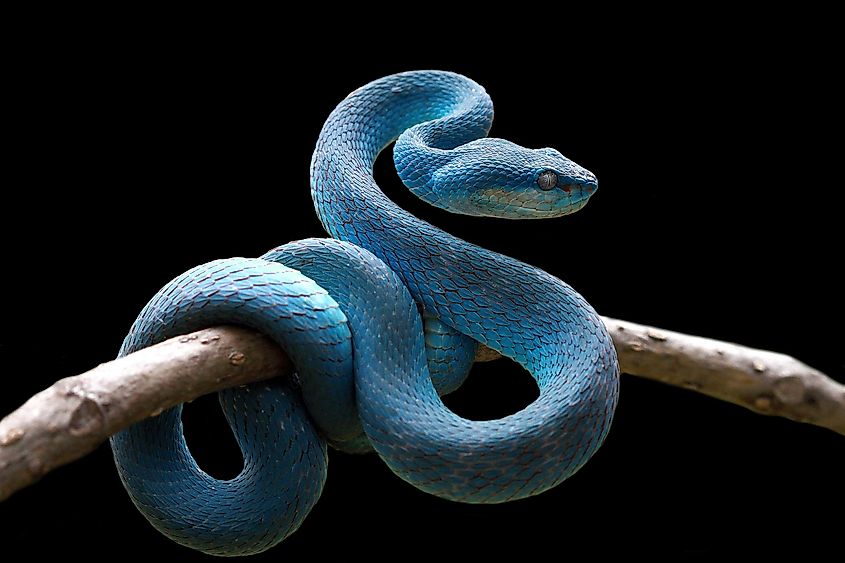
While most female snakes need a mate to lay eggs, some are capable of parthenogenesis – also called asexual reproduction – a process where they alone fertilize and lay their eggs. According to the Florida Museum of Natural History, certain species like the flowerpot snake produce identical female offspring.
Butterflies
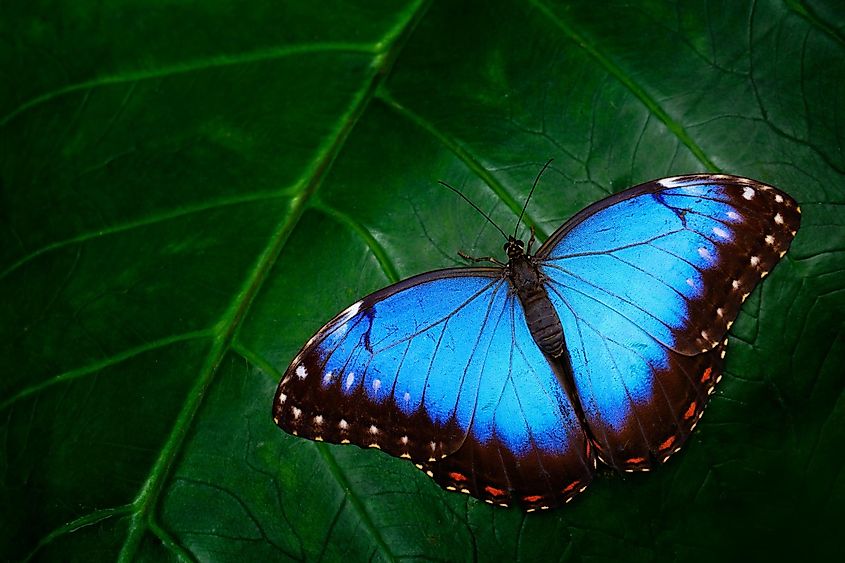
A unique phenomenon occurs in certain butterflies: gynandromorphy. Considered to be a genetic condition that occurs in the early stages of cell division, animals that are gynandromorphs have both male and female characteristics. In butterflies, this translates into having different color wings; a unique pattern that is the perfect mash-up of male and female DNA.
Corals
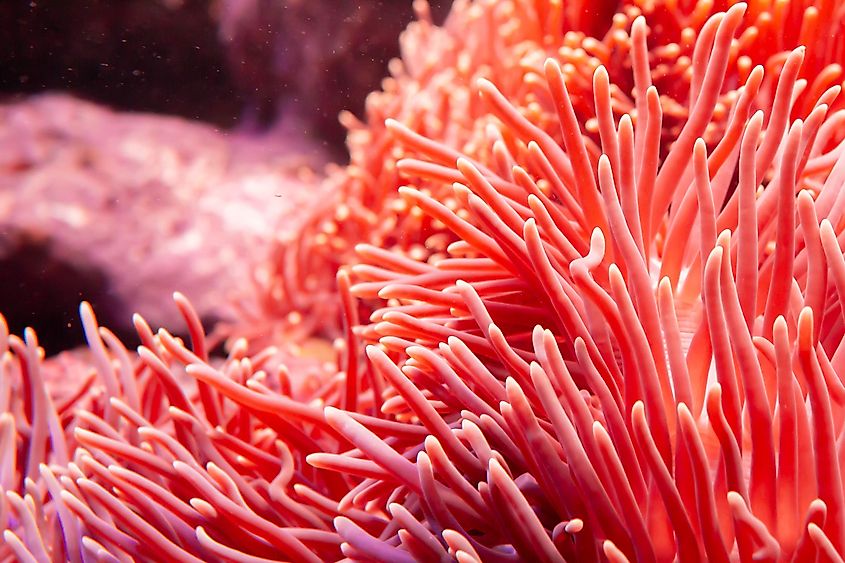
Often confused for plants, corals are animals; specifically, they are made up of thousands of tiny creatures called polyps. Though reproductive methods vary according to species, some like the star coral, are hermaphrodites. Others like the mushroom corals are capable of repetitive sex change in both directions. Although more studies are necessary, their behavior offers a fascinating window into natural evolution.
Fish
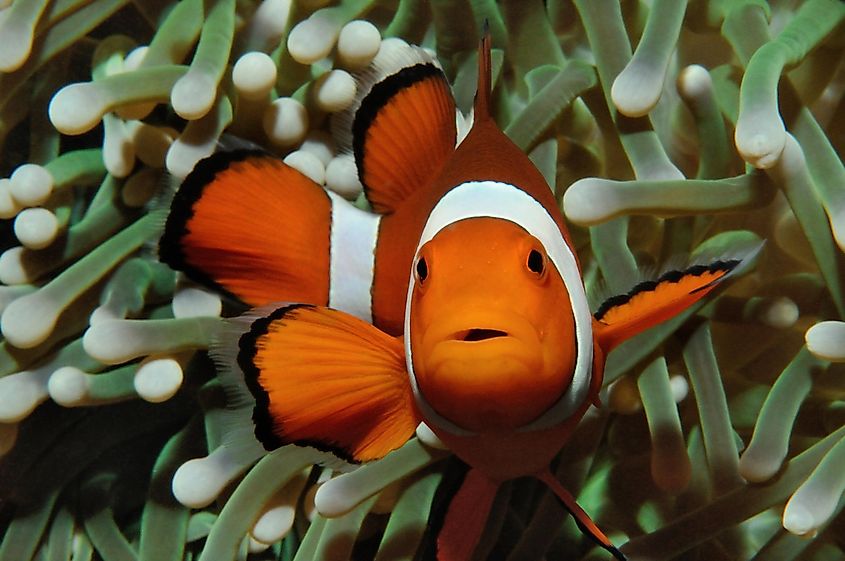
One of the better know and intriguing hermaphrodites are fish. From smallmouth and largemouth bass who grow immature egg cells within their testes to Hawkish who can switch back and forth between sexes, gender fluidity in the animal world is nothing new. A beloved protagonist in “Finding Nemo”, the clownfish is a sequential hermaphrodite, it can switch from male to female when necessary. All clownfish are born male and the most dominant in the school turns female and lays eggs. While certain species have been known for their astounding reproduction abilities for a while, studies show that gender change in others can be a result of hazardous environmental pollution. For instance, between 70 to 90 percent of male bass in the United States have become intersex because of pharmaceutical compounds from pesticides and birth control pills.



 Users Today : 20
Users Today : 20 Total views : 665027
Total views : 665027